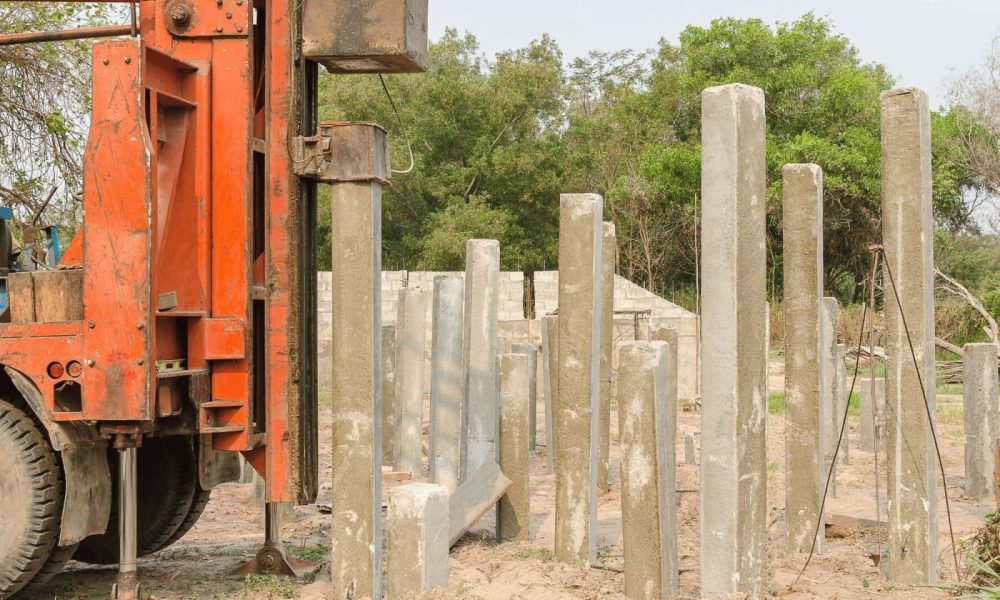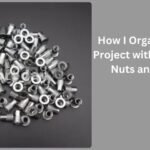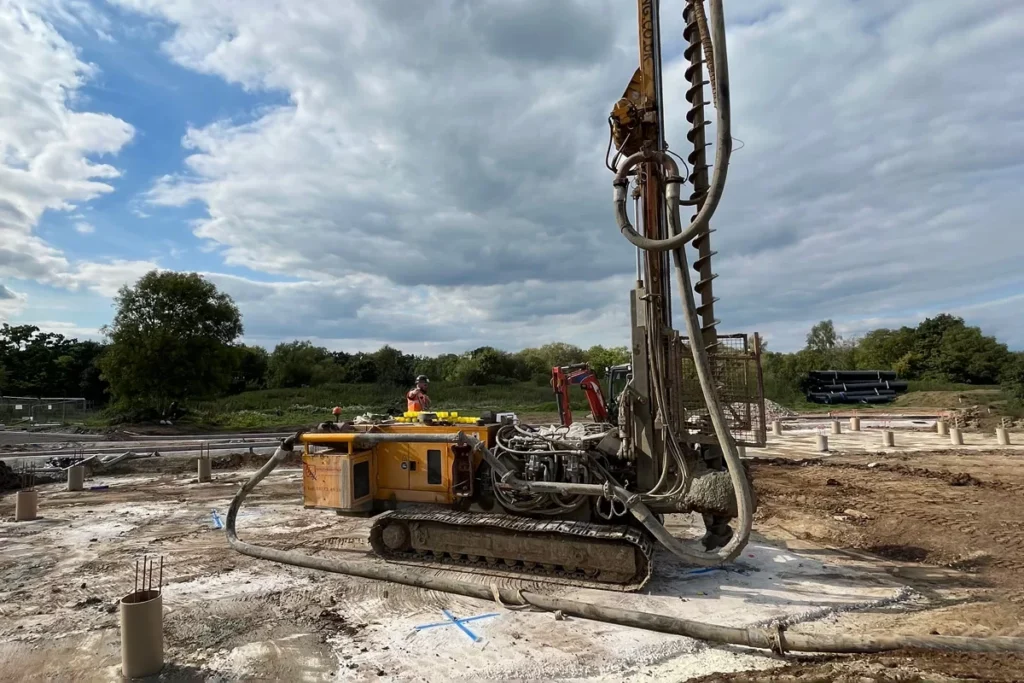Piling is the process of installing reinforced concrete foundations deep in the ground to provide structural support to heavy and irregular loads. It’s particularly important in areas where soil stability is compromised. To ensure the long-term stability of your structure, you need to select the right piling type.
The two most popular options you have are CFA piling and mini piling. Now, the main concern is which one of them is right for your project. To figure this out, we need to understand and compare both types. Let’s do so without further ado.
What is CFA Piling?
CFA (continuous flight auger) piling is a deep foundation method where a continuous auger is used to drill into the ground to create a pile hole. The auger remains in the ground during the entire drilling process. When it reaches the desired depth, it is withdrawn and concrete is injected through the hollow stem. This process creates a continuous pile without removing the soil. It is suitable for soft or loose ground conditions.
What is Mini Piling?
It is a versatile foundation technique typically used for sites with limited access or space constraints. This method involves driving or boring smaller-diameter piles deep into the ground. Mini piles have a diameter of less than 300mm. It is an effective solution for underpinning existing structures. They are also used in areas where noise and vibration restrictions are in place.
CFA Vs Mini Piling: A Detailed Comparison
We will compare the two options across different criteria to help you make the right choice.
Ground Conditions
CFA is best suited for soft or loose soils, as well as for cohesive ground conditions. The auger removes soil and simultaneously fills the space with concrete. As a result, this method provides strong foundation support in these soil types.
Mini Piling works well in a variety of ground conditions. It’s ideal for sites with obstructions such as rocks or difficult-to-penetrate areas. It’s highly adaptable to both hard and soft soils. However, it may not provide as much stability in very loose soils as CFA Piling.
Load-Bearing Capacity
CFA piles offer a high load-bearing capacity due to their ability to reach greater depths. They also provide continuous support throughout the length of the pile. This makes it an excellent choice for large commercial structures such as multi-story buildings and bridges.
Mini Piling offers solid support for smaller structures. However, it typically cannot match the load-bearing capacity of CFA Piles. It is effective for lightweight projects such as residential or small commercial buildings.

Space and Access Restrictions
Large equipment is required to install CFA piles. It can be challenging to use them in areas with restricted space or difficult access. The process is suitable for open construction sites without significant access issues.
Usually, smaller machines are used to drill or bore mini piles into the ground. This approach excels in compact spaces or areas with limited headroom. It is the preferred method for urban areas and sites with existing structures.
Environmental Impact
One of the advantages of CFA piling is that it generates minimal vibration and noise during installation. It makes them an eco-friendly option and an excellent option for sensitive sites where excessive noise and vibration could cause problems. In open sites near hospitals or schools, CFA piles can easily be installed.
Minimal sounds and vibrations are associated with mini piling. Small machinery and quick processes reduce their environmental impact. Apart from that, their carbon footprint is also negligible. All these things make them an eco-friendly option. You can rely on it for construction projects in urban areas.
Speed of Installation
It’s one of the most important things to compare, especially when the project timeline is tight. CFA are relatively quick to install. However, concrete needs time to set and dry after filling. However, different additives can be added to the concrete to speed up the setting process. Continuous drilling and concrete placement in one operation also reduce the time.
Due to their smaller diameter, mini piles are easy to install. The process can get slower due to small and light machinery requirements. However, the flexibility and adaptability of mini piles often compensate for this, especially in compact spaces where other methods will fail.
Cost
Generally, CFA piling can be more expensive because large machinery is required. The depth and diameter of the piles can also increase the overall cost. However, it is a cost-effective solution for large and heavy structures.
Mini Piling is typically more affordable for smaller projects, especially in residential or urban areas. Minimal site preparation and small machinery requirements make it a cost-efficient solution.
Final Verdict
You can opt for any of these two options based on your budget, construction site, and building size. CFA piling is ideal for heavy structures in open sites. Meanwhile, Mini piling is best for urban areas and compact spaces.
















































